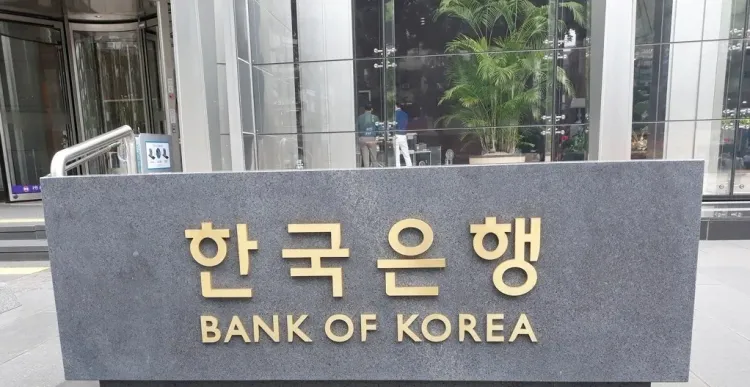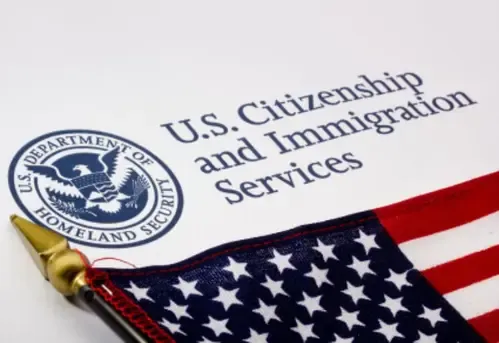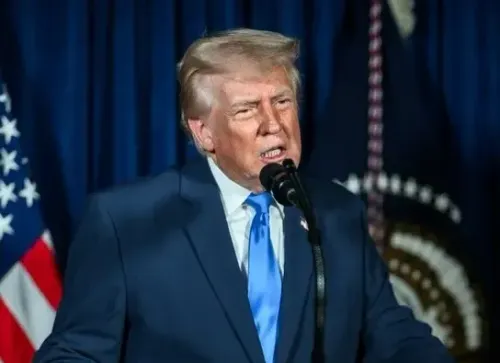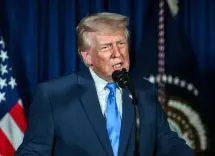How is South Korea's Current Account Surplus Expanding Amid US Tariff Pressure?

Synopsis
Key Takeaways
- Current account surplus widened to US$10.14 billion in May.
- Factors include falling oil prices and increased dividend income.
- 25 months of continuous surplus reported.
- Trade tensions with the U.S. are becoming more pronounced.
- Negotiations on tariffs are critical for future trade relations.
Seoul, July 4 (NationPress) South Korea's current account surplus has expanded in May compared to the previous month, despite a decline in exports. This growth is primarily attributed to a decrease in global oil prices and a rise in dividend income, as revealed by central bank statistics on Friday.
The current account surplus for May totaled US$10.14 billion, up from $5.7 billion in April, based on data from the Bank of Korea, as reported by Yonhap news agency.
This marks the 25th consecutive month of a current account surplus, with South Korea reporting a surplus every month since May 2023.
In May, the surplus was the third largest on record, following $11.31 billion in 2021 and $10.49 billion in 2016.
For the first five months of this year, the total current account surplus reached $35.11 billion, a rise from $27.06 billion during the same timeframe last year.
The goods account recorded a surplus of $10.66 billion in May, amid a 2.9 percent decline in exports to $56.93 billion and a 7.2 percent drop in imports to $46.27 billion, driven by reduced imports of raw materials.
Conversely, the services account experienced a deficit of $2.28 billion in May, primarily due to increased demand for overseas travel.
The primary income account, which tracks wages of foreign workers, dividend payments from abroad, and interest income, reported a surplus of $2.15 billion in May.
"The reductions in both exports and imports in May can largely be attributed to external factors, including the global trade climate and declining oil prices," stated BOK official Song Jae-chang during a press conference.
"The influence of U.S. tariffs is becoming more apparent, especially in sectors such as automobiles and steel," Song added. "This effect is expected to intensify in the latter half of this year."
In April, the administration of U.S. President Donald Trump initiated reciprocal tariffs on partner nations, including 25 percent duties on South Korean goods, although the implementation of this new tariff plan was temporarily halted to facilitate bilateral negotiations.
South Korea and the U.S. have committed to finalizing a "package" agreement regarding trade and related matters before July 8, the deadline for the 90-day suspension of reciprocal tariffs.
A separate 10 percent baseline tariff and 25 percent duties on steel, aluminum, and automobile-related products remain effective.
Trade Minister Yeo Han-koo is set to visit the U.S. this week for urgent negotiations.










